Language-as-Machine
From February 8 to April 8, 2023
Exhibit Opening Date
February 13, 2023 at 5:30pm
Artist(s)
Levi Hammett
Hind Al Saad
Mohammad Suleiman
Haithem El Hammali
with
Basma Hamdy, Fatima Abbas, Fatima Al Dosari, Giovanni Innella, Hala Amer, Joshua Rodenberg, Lana Abou Selo, Martin Juras, Michael Hersrud,
Rab McClure, Roudah Al Sheeb, Saga Elkabbash, Sara Al-Afifi, Sara Khalid, Selma Fejzullaj and Shima Aeinehdar
Location
Acknowledgment
Exhibition Design
Hind Al Saad
Levi Hammett
Meera Badran
Exhibition Posters
Hind Al Saad
Maryam Al-Homaid
Sara Al-Afifi
Exhibition Production
Josh Bell
Lana Abou Selo
Rogsh Garcia
Hagar Allam
Humyra Najdan
Jood Elbeshti
Ever-evolving, language stores the history of our collective past, holds our memories, allows us to articulate our thoughts, and preserves a foundation of knowledge that allows us to collaboratively build toward the future.
Language is a signal from the past.
What might have been if language had evolved differently? What graphic encodings could be speculated given a different set of historical and contextual circumstances? What were the forces that propagated some language encodings, while consuming others? What insights can be uncovered as we navigate the historical paths and landmarks that chart the current shapes of our language?
Language is a map.
This exhibition presents a collection of creative research and artistic expression that explores language as a machine – a machine that compresses, records, and transmits a collective cultural knowledge, a machine of many operators servicing many objectives, a machine that labors, degrades, is repaired and upgraded, a machine that calculates and predicts, a machine that remembers and forgets.
Language is a machine.
This exhibition has been commissioned by The Gallery at VCUarts Qatar.
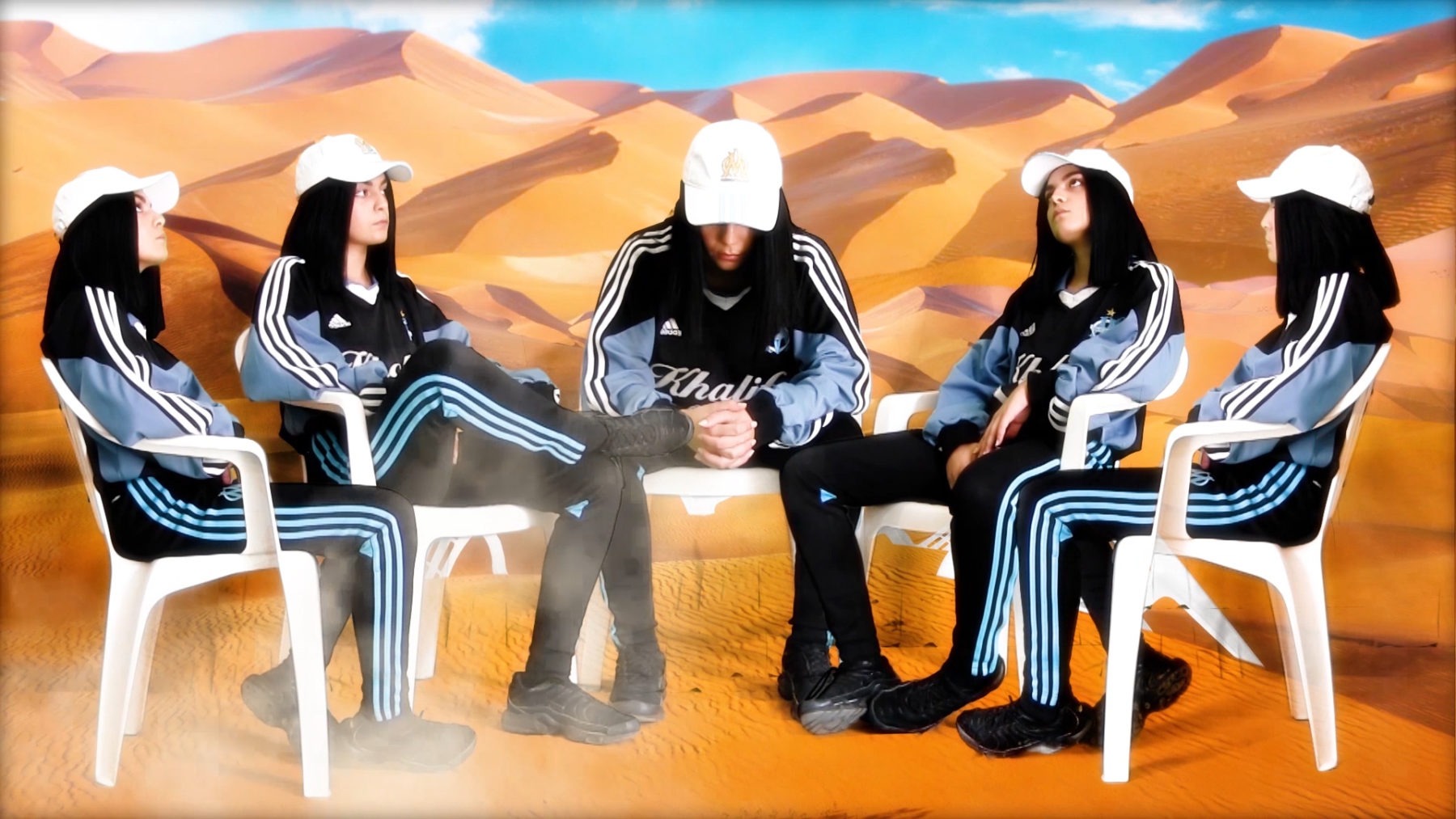
Exhibition Statement
Ever-evolving, language stores the history of our collective past, holds our memories, allows us to articulate our thoughts, and preserves a foundation of knowledge that allows us to collaboratively build toward the future.
Language is a foundation.
Consider a hypothetical genesis of communication (disregarding the historically probable origins), where the most primitive forms of expression suddenly allowed the preservation of information beyond the boundaries of an individual mind. Consider the time before recorded language, where the mapping of concepts into facial expressions, gestures, and sound, allowed ideas to be distributed among a collective of many individuals. This distribution creates a living network of information redundancy, a fluid surface that breathes with the collective knowledge of humanity, an enduring echo through generations into the future.
Language breathes.
Sound is fleeting, whereas recorded language is able to map concepts into more enduring physical forms – forms in perpetual evolution, pressured politically, ideologically, technologically, practically. New encodings are formulated, ideographic, pictographic, phonetic, and mathematical. They are graphic articulations, able to be interpreted visually at any time in the future until the point when their patterns physically degrade into random noise.
Sound is fleeting, whereas recorded language is able to map concepts into more enduring physical forms – forms in perpetual evolution, pressured politically, ideologically, technologically, practically. New encodings are formulated, ideographic, pictographic, phonetic, and mathematical. Graphic articulations able to be interpreted visually at any time in the future until the point when their patterns physically degrade into random noise.
Language is a signal from the past.
What might have been if language had evolved differently? What graphic encodings could be speculated given a different set of historical and contextual circumstances? What were the forces that propagated some language encodings while consuming others? What insights can be uncovered as we navigate the historical paths and landmarks that chart the current shapes of our language?
Language is a map.
This exhibition presents a collection of creative research and artistic expression that explores language as a machine. A machine that compresses, records, and transmits a collective cultural knowledge. A machine of many operators servicing many objectives. A machine that labors, degrades, is repaired, upgraded. A machine that calculates and predicts. A machine that remembers and forgets.
Language is a machine.
X-Lab
xLab (studio for) {new = making + computation} is a funded research and development entity at VCUarts Qatar. The lab’s goal is to create tools and artifacts that converge art, design, and the sciences through technology, computation, and craft. xLab aims to be a non-hierarchical research lab composed of faculty, alumni, and students working together within an agile development framework, where any member of the team can propose an idea and take a leadership role in the research and development of that idea. It takes an extra-disciplinary approach to the development of research outcomes which have included artistic installations, undergraduate course design, curriculum design, product development, typeface design, and the creation of software and hardware-based tools for art and design. Its mission is to support research, teaching, and learning related to the creative potential of computation and technology in Qatar.

What might have been if language had evolved differently?
– xLab


Jamel Shabazz, 'Brooklyn in the House', Lower East Side, Manhattan, NYC, 1982, Archival inkjet print, 35.6 x 27.9 cm ©Jamel Shabazz, Galerie Bene Taschen
Artists Biographies
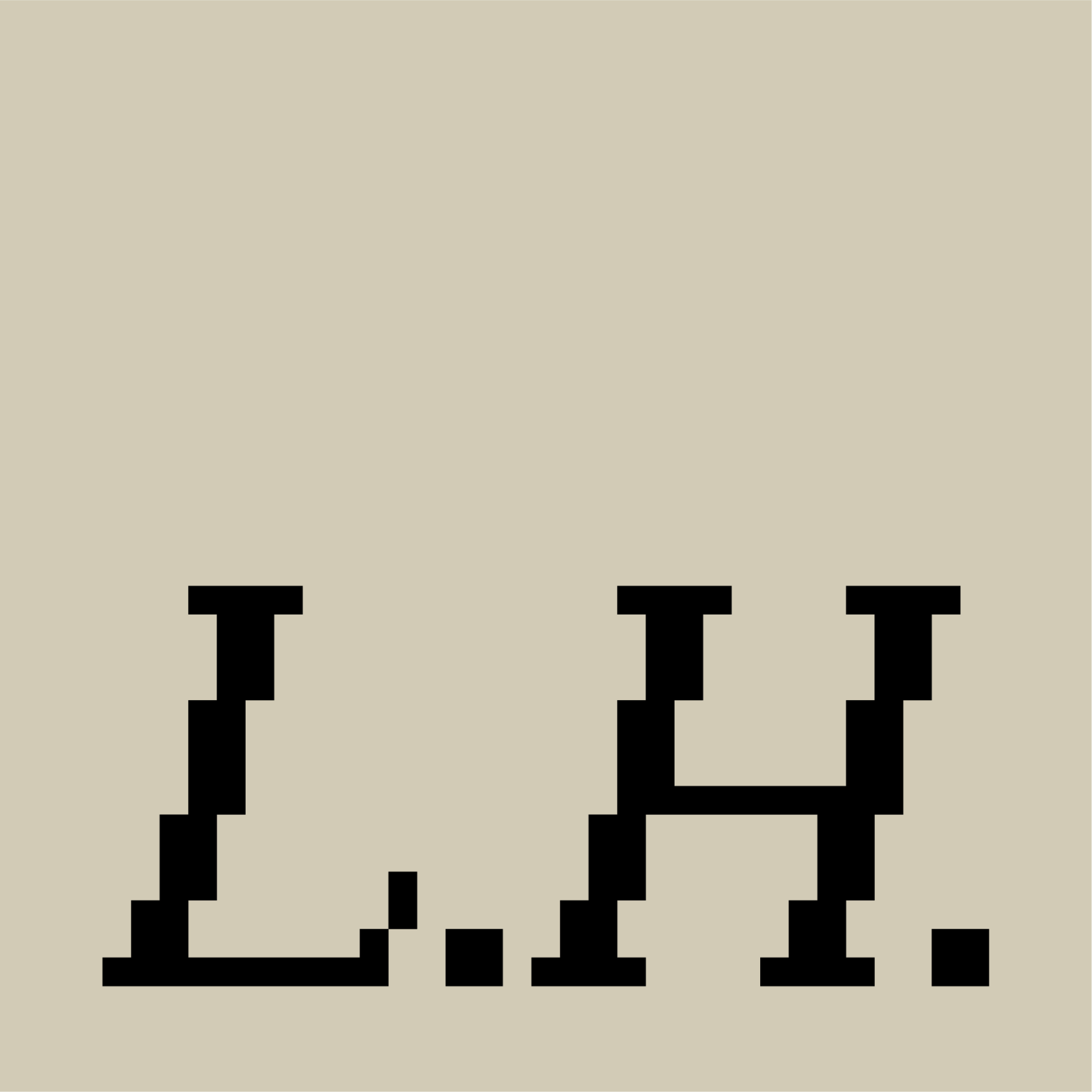
@exact.location
levihammett.com
Levi Hammett is a designer and associate professor exploring the synthesis of computational processes and traditional crafts with an emphasis on the development of culturally constructive graphic objects.
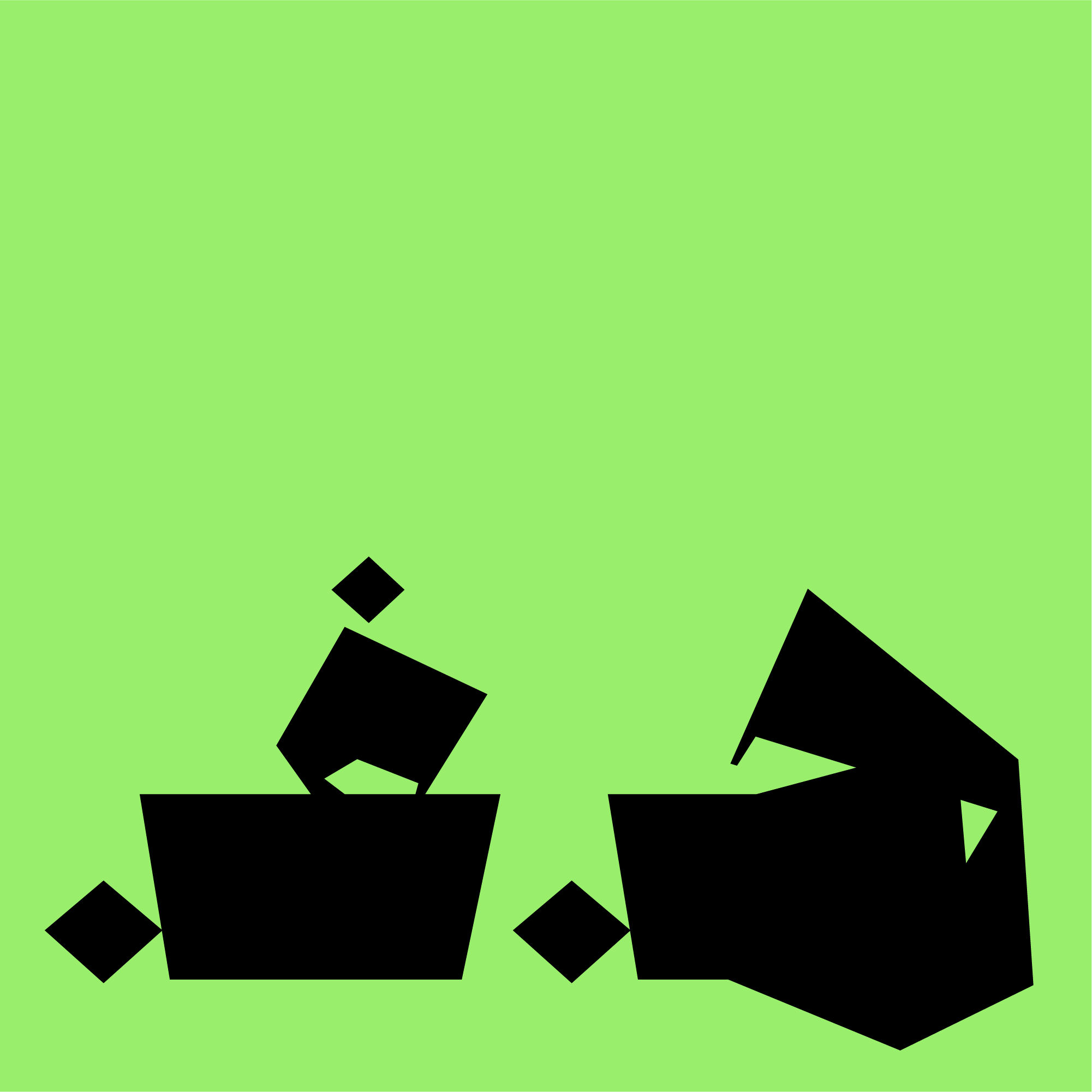
Hind Al Saad is a computational artist and teacher, who explores automation systems within digital code and analog printmaking processes to create emergent graphic forms.

Mohammad Suleiman is an architect and assistant professor who investigates spatial mapping and data-driven design workflows for the existing built environment.
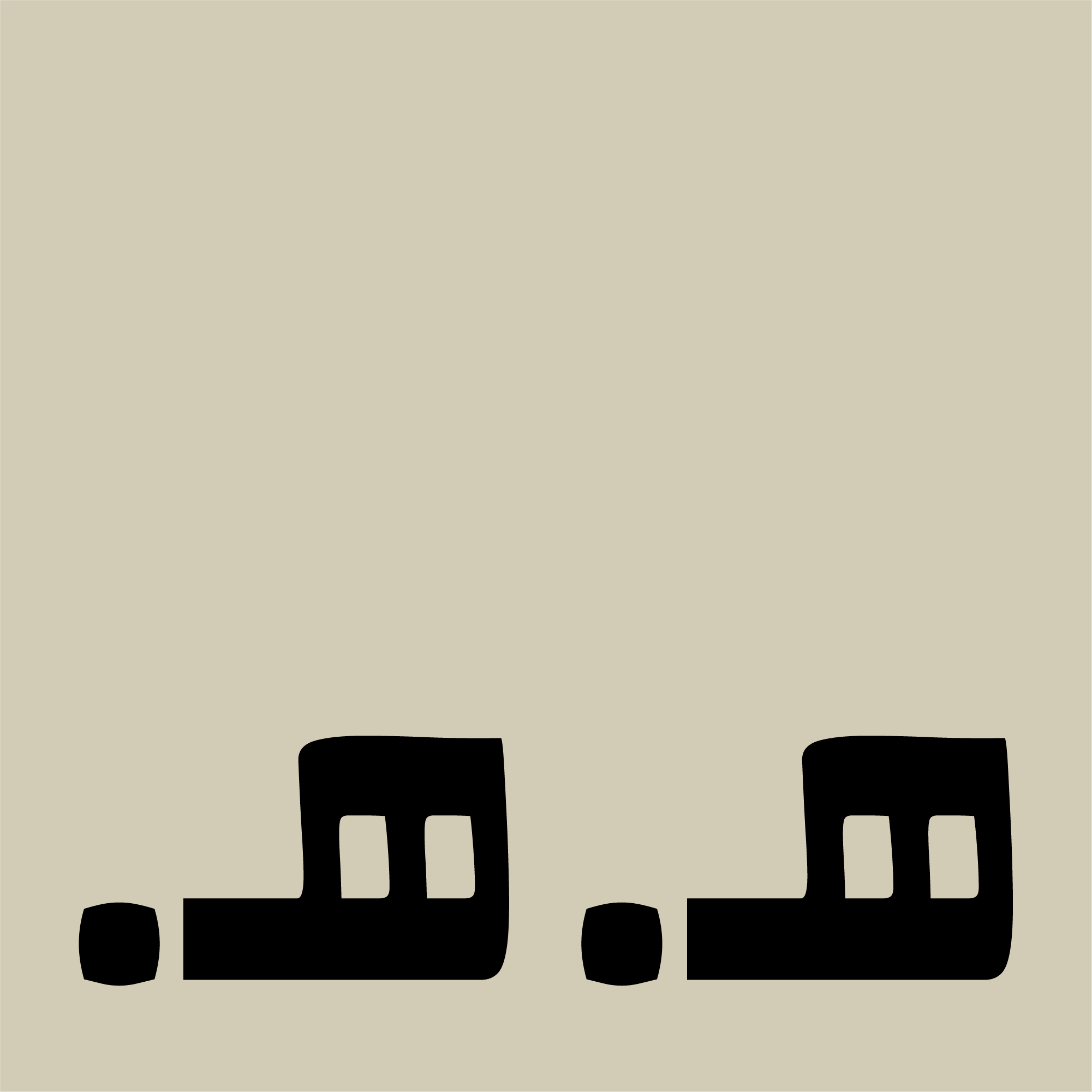
Haithem El-Hammali is an architect and an assistant professor whose research focuses on Human-Computer Interaction (HCI) in design and design education and the integration of Building Information Modeling (BIM) and mixed reality in design education.
Collaborator Biographies

Basma Hamdy is a design activist, author and educator who specializes in design and visual culture from Egypt and the SWANA region. She is an advocate for revisionism, decolonization and pluriversal design and is currently researching contemporary archival strategies for collecting, documenting and presenting design and visual culture from the SWANA region.
TypeAraby is dedicated to the creation, study, promotion, and preservation of Arabic typography and type design. It was initiated by the Graphic Design Department at VCUarts Qatar as a laboratory space for cultivating a contemporary vision for Arabic type while maintaining and promoting its traditional calligraphic roots as an important mechanism for language sustainability. The platform is a springboard for events, workshops, lectures, exhibitions, and publications that engage local, regional and international creative communities.

Fatima Abbas is a graphic designer whose work pushes the boundaries of Arabic type design by rethinking the fundamental structure of the language to imagine new typographic forms.
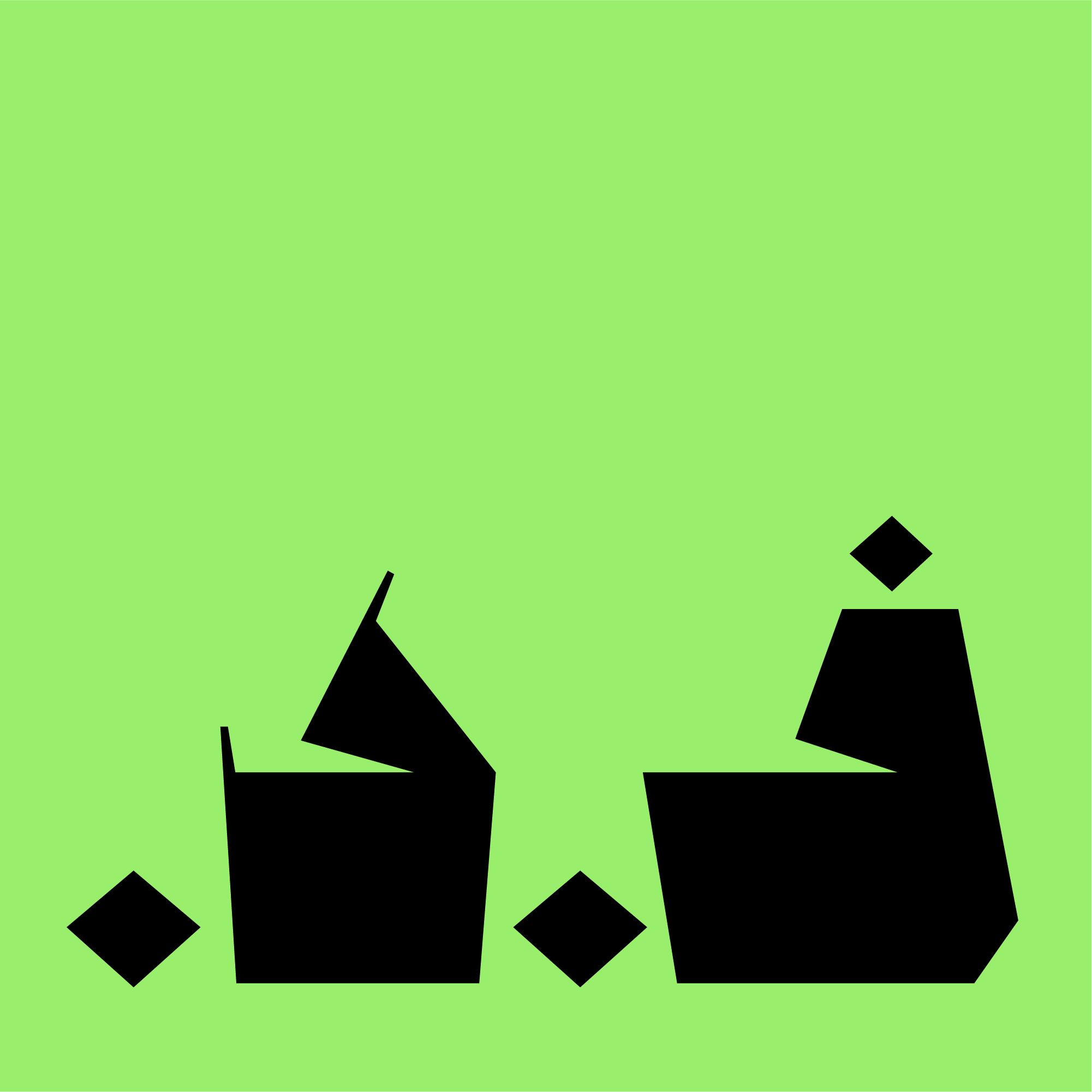
Fatima Al Dosari is a graphic designer who likes to dig deep into human behavior and psychology of design, cultural literacy and language in all its forms.
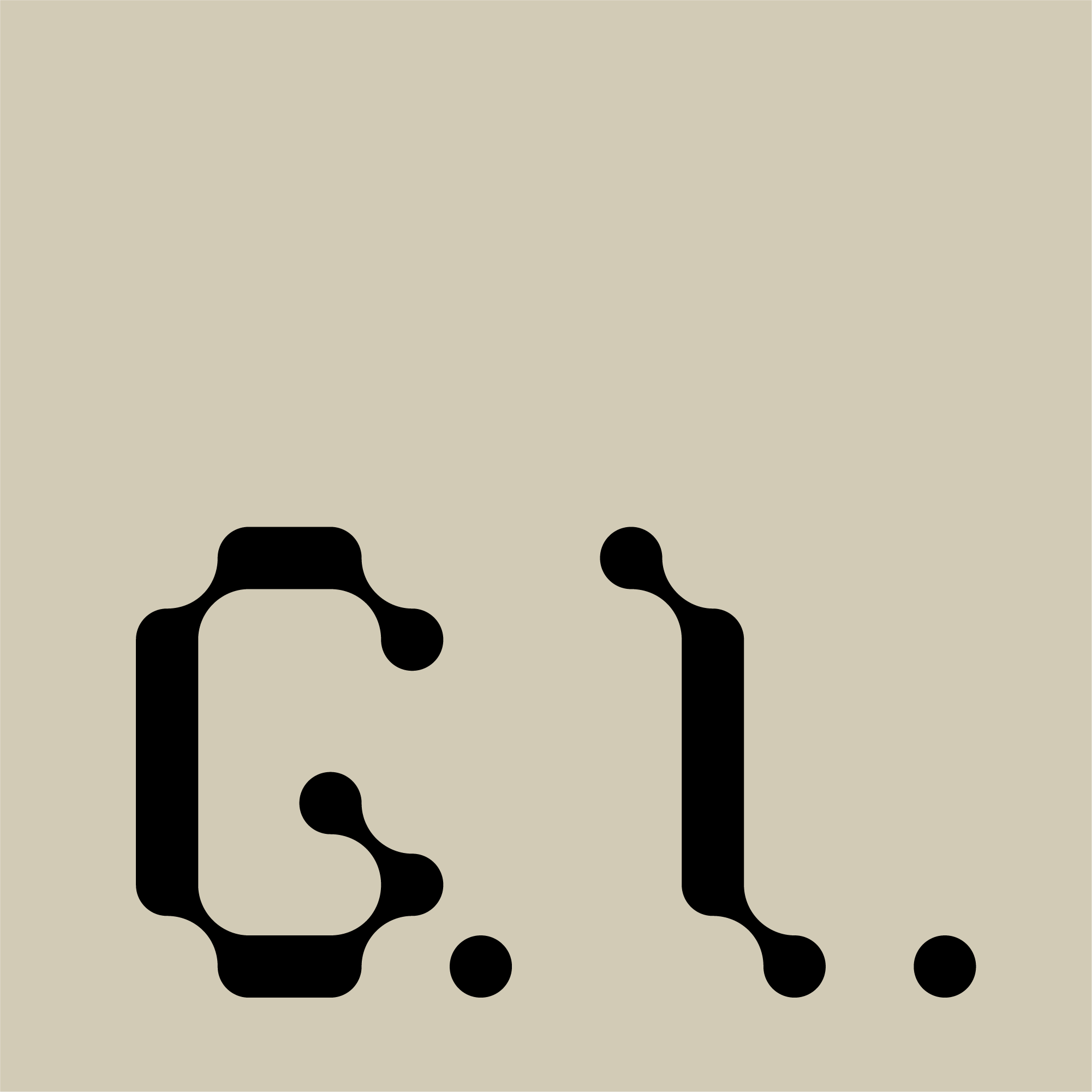
Giovanni Innella is an active designer, curator and researcher. During his professional career, he has participated and curated several exhibitions in international contexts. His design projects are part of public and private collections. Furthermore, Giovanni writes and publishes in the academic and non-academic fields.
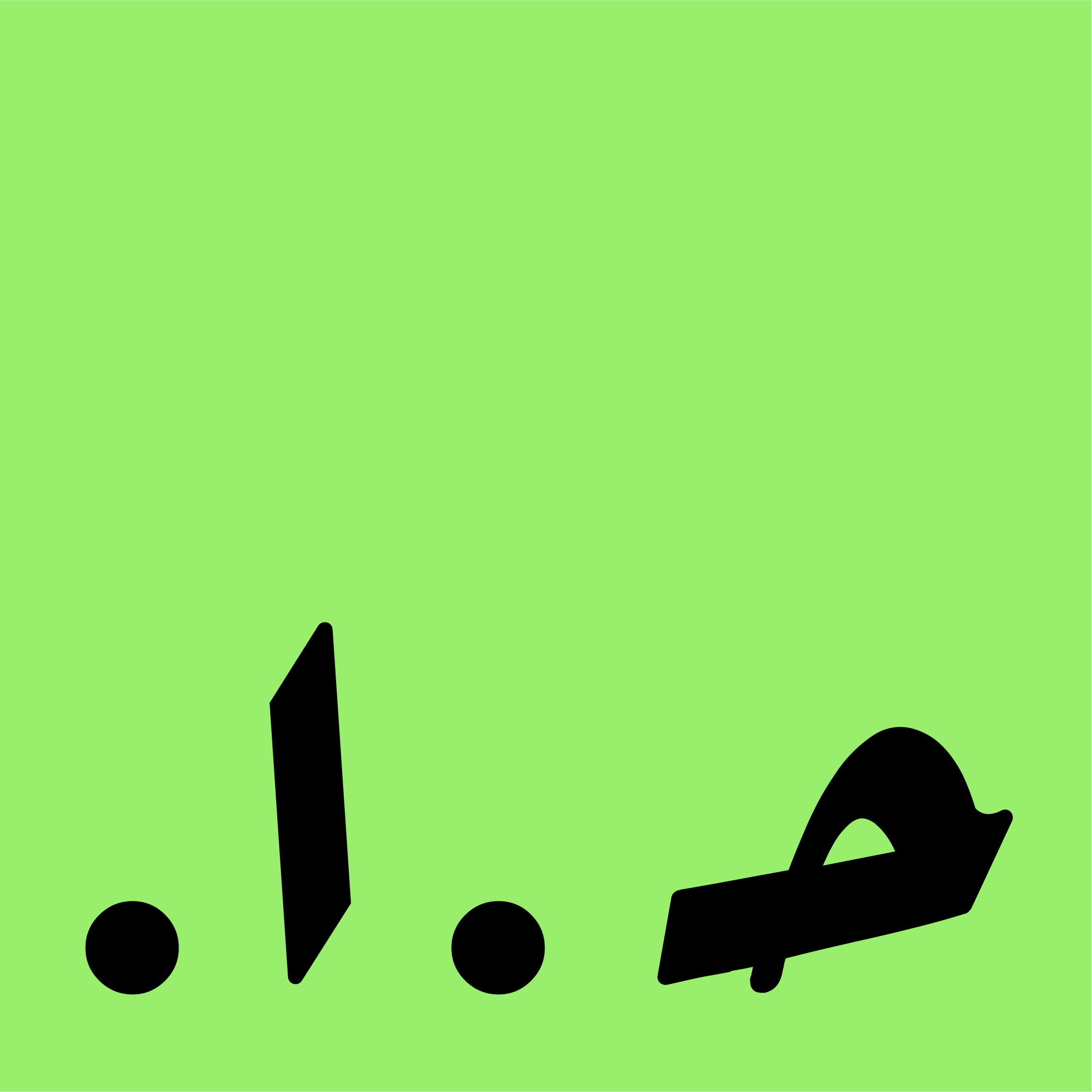
Hala Amer is a designer, maker, educator, and currently the Interim Coordinator of the MakerLabs at VCUarts Qatar. Hala’s interests lie in using design thinking and making in parallel to set up spaces for experimentation to occur.
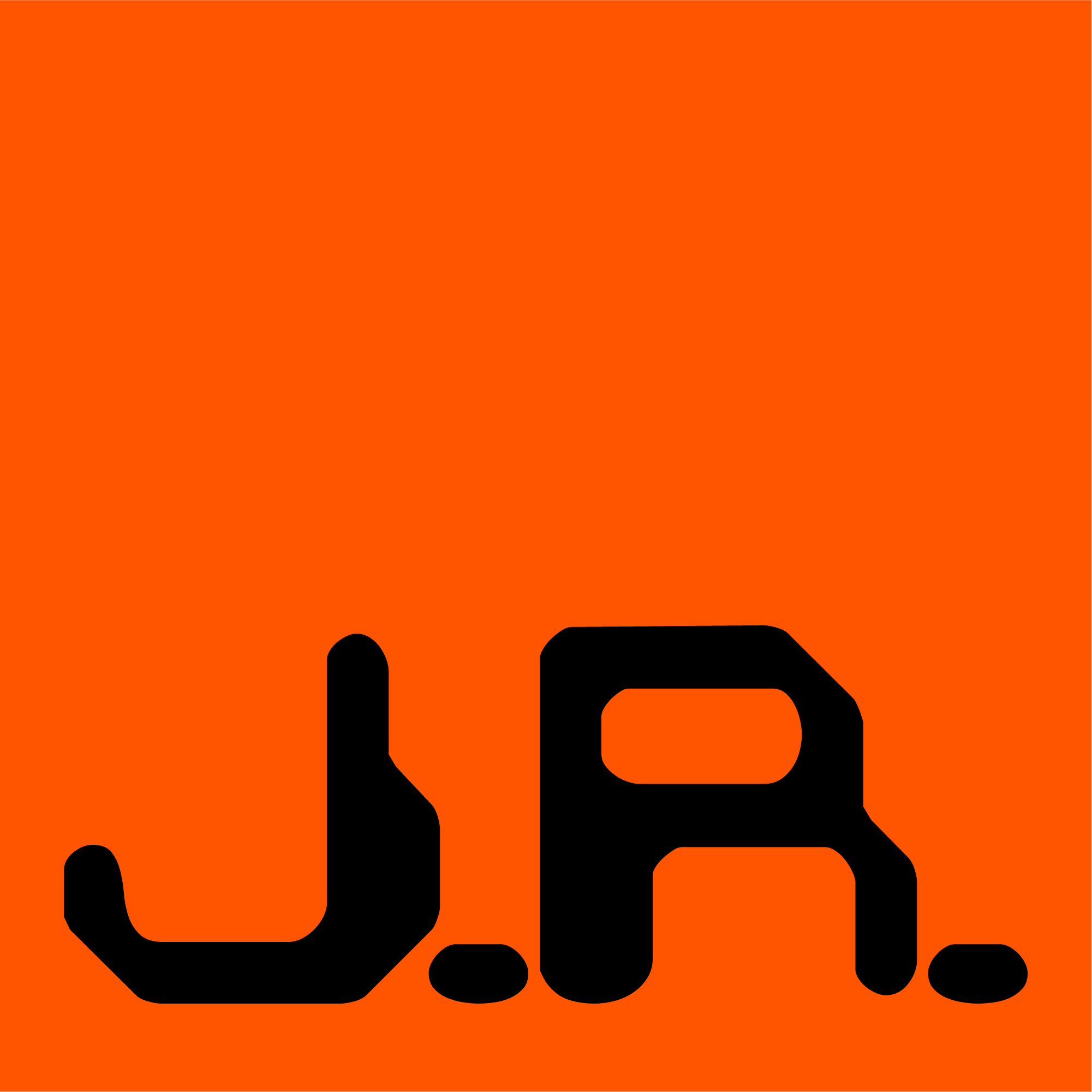
Joshua Rodenberg is a sound artist, performer, sculptor and educator. In 2022, he released an EP Down by the Abbey and in 2019 an LP called Cognizant both on Off Records from Belgium. Joshua does sound design for independent films and small gaming projects such as the artists Federico Cuatlacuatl’s, Copan En Espera and Amy Young’s Belonging to the Soil Vr experience.
D.A.T Lab explores media art experimentation using technology as a tool to create fine art derivatives. With technology so prevalent in our day-to-day lives, it is only natural that it becomes part of our self-expression. In that irony, the DAT LAB explores how technology can become a toolset for the creative expression of human perspective. This lab uses data visualization, artificial intelligence, creative programming, virtual reality, immersive games/gamification, electronics, video, and sound as a medium in fine art applications.
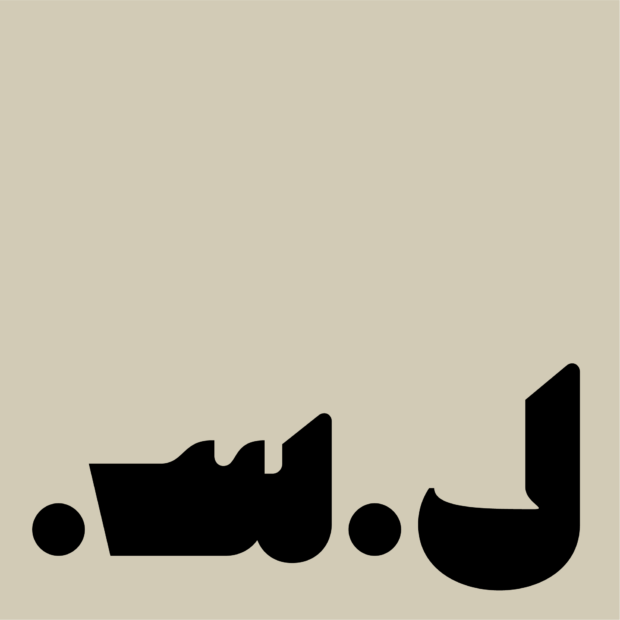
Lana Abou Selo is a graphic design student, exploring different mediums, skills and talents. Her direction is type design, crochet, and bringing fantasy and nature into the world of design.
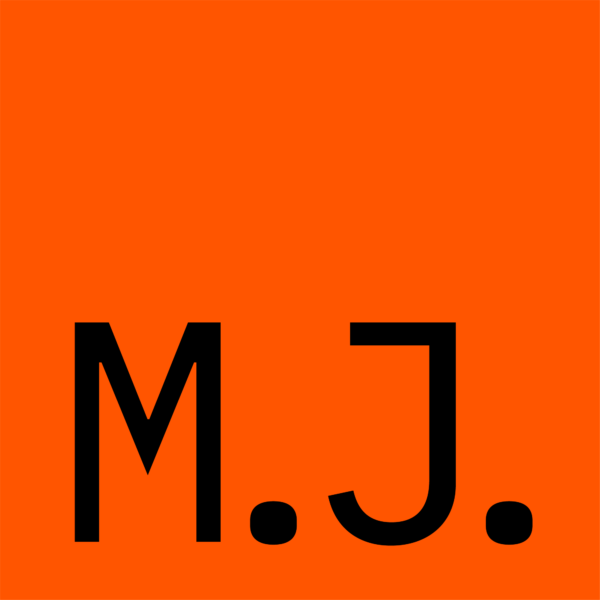
Martin Juras is currently a computer science student at Goldsmiths, London. He applies diverse interests, including quantum mechanics and gaming, to his studies in computation and algorithm design. Martin occupies a research assistant position with xLab, where he works on projects involving machine learning and augmented reality.
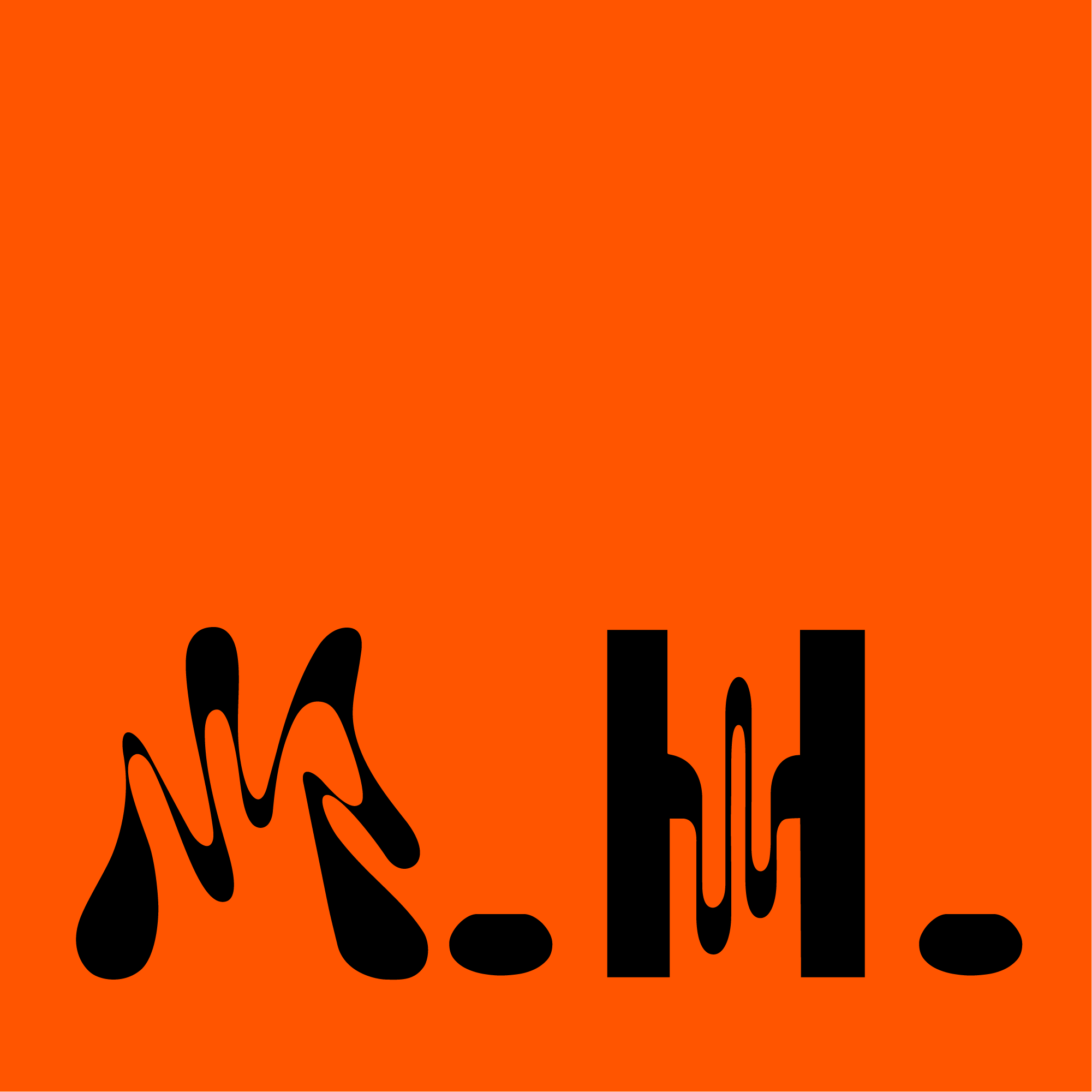
Michael Hersrud is a sonic + graphic designer and associate professor. His exploratory practice involves audiovisual, automation, data, dérive, drawing, language, layering, looping, sound, surface and systems. Michael Hersrud is a co-founder of Sonic Jeel.
SonicJeel is a collaborative lab investigating sound, noise, electronic music, and audiovisual media within the context of Qatar and the Gulf region. They celebrate the interplay of the sonic and the graphic toward a new generation of interdisciplinary makers. Their aim is to be a platform for exploratory research, production and distribution of experimental sonic work in support of the growing creative industry in Doha.
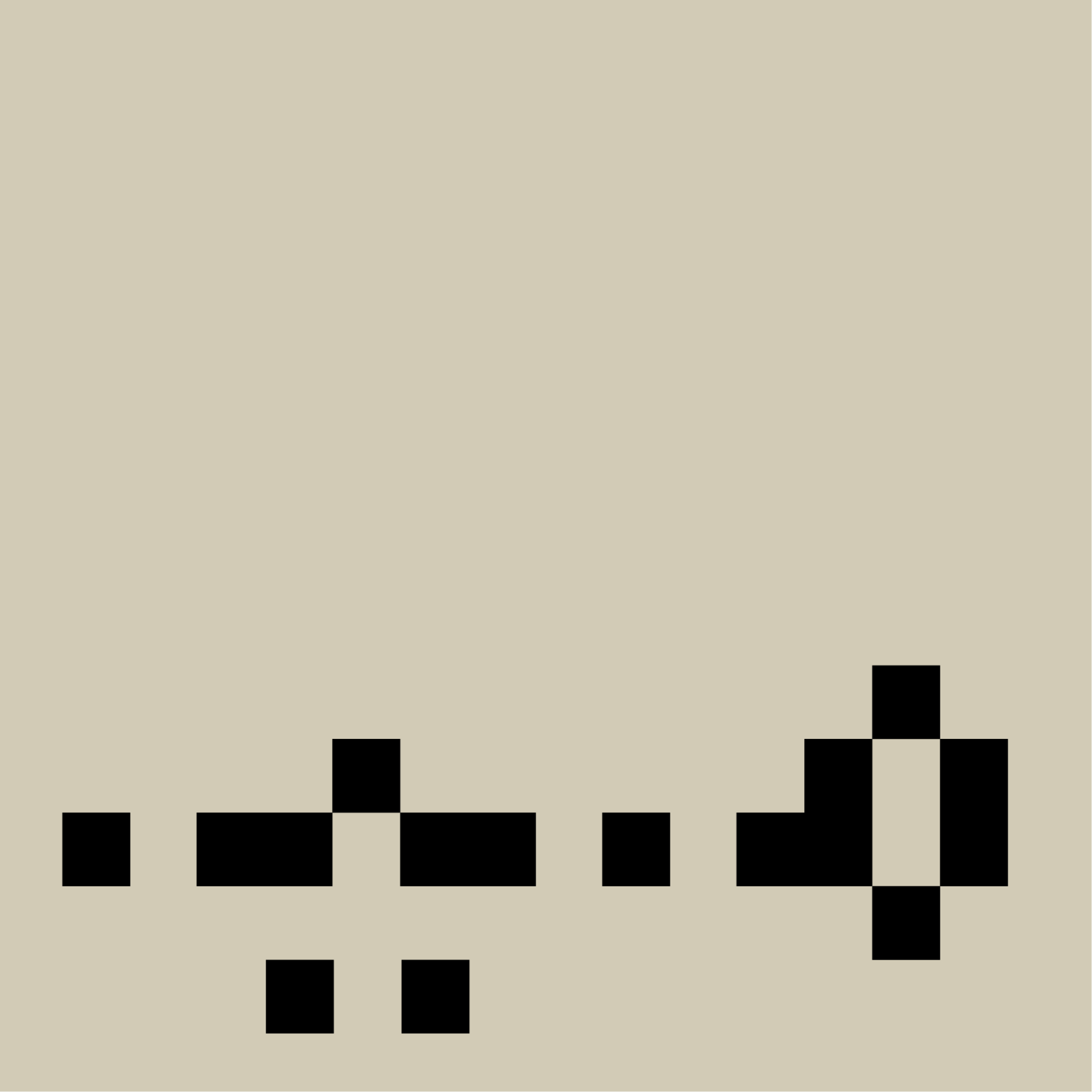
Maryam Yousuf Al-Homaid is an interdisciplinary designer holding a Bachelor’s of Fine Arts and a Master’s in Design Studies. She is currently an Assistant Professor in the Graphic Design department at Virginia Commonwealth University (Qatar).
Maryam spent her childhood in the studio of her father Yousef Ahmed (@_yousef_ahmad_), who is one of the leading Modern Arab Artists in Qatar and the region. She was always surrounded by tools, materials and paint throughout her childhood.
Being born in the late 1980s, Maryam has witnessed a drastic economic & social change in the region and Qatar, specifically. The transformation of lifestyles, behaviors, technology and architecture has impacted her work. Her work doesn’t necessarily talk about the nostalgic past, but rather comments on the transformations throughout the years. She enjoys mixing technology-based mediums and the DIY culture as she believes that it can build the bridges between the high-tech platforms and the lost crafts that once existed globally and locally. Maryam’s work includes interactive installations and textile design, all of which revolves around the concept of change.
Much of her work has been showcased in esteemed cities such as Tokyo, Paris, Berlin, and most recently, New York, as a part of the Years of Culture initiative by Qatar Museums.
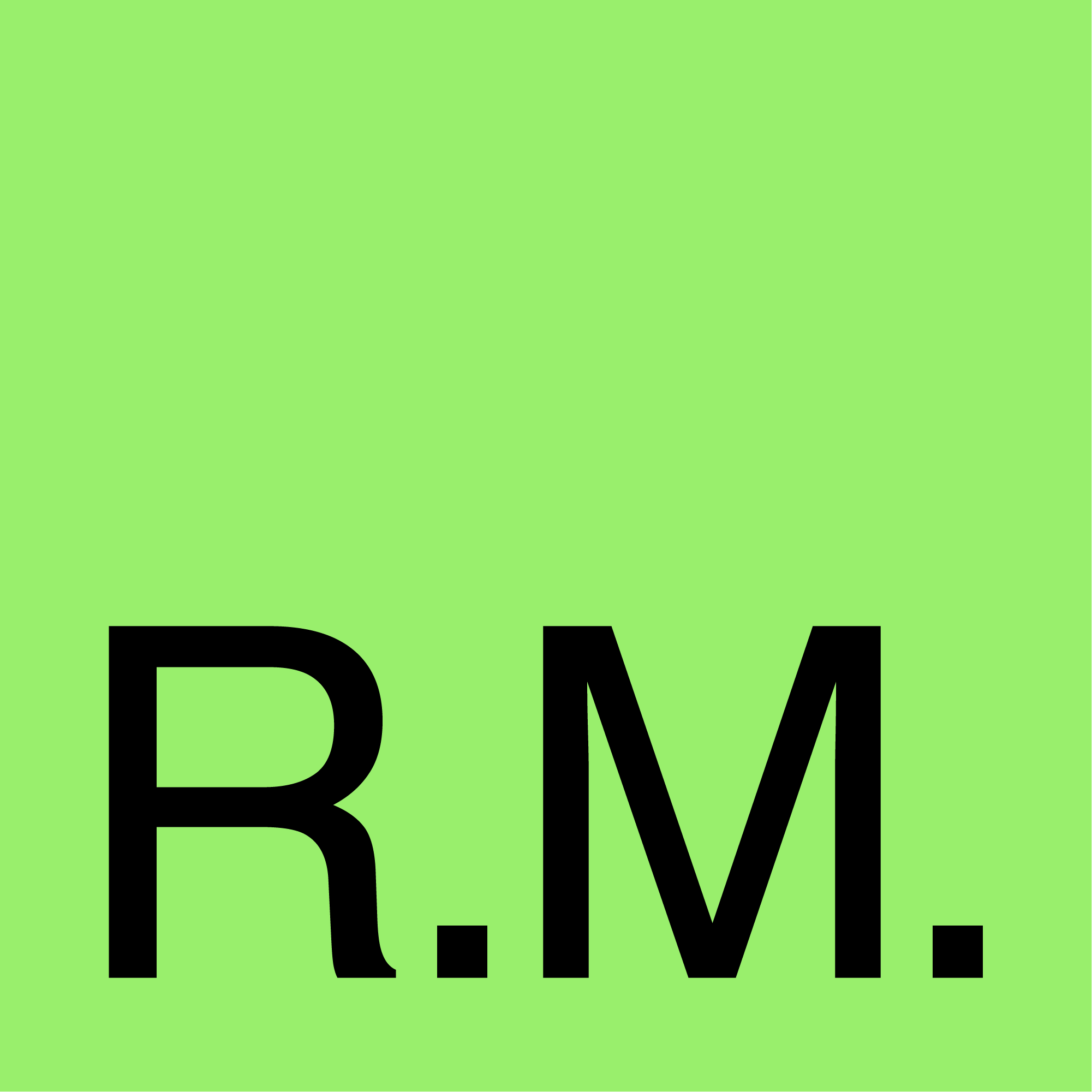
Rab McClure is an architect, designer, associate professor and director of the MFA in Design program. His teaching and creative scholarship mine the sweet spot where design and fine arts overlap.
MFA-on-the-GO is the distinctive field study initiative of the VCUarts Qatar MFA in Design program. Each year students and faculty travel together to conduct embedded workshops with expert artists, designers, fabricators and industry partners, producing tangible artifacts they collectively exhibit afterward.

@roudahalsheeb
Roudah Al Sheeb is a graphic designer who is interested in exploring the Archives and the memories of Arabic media.
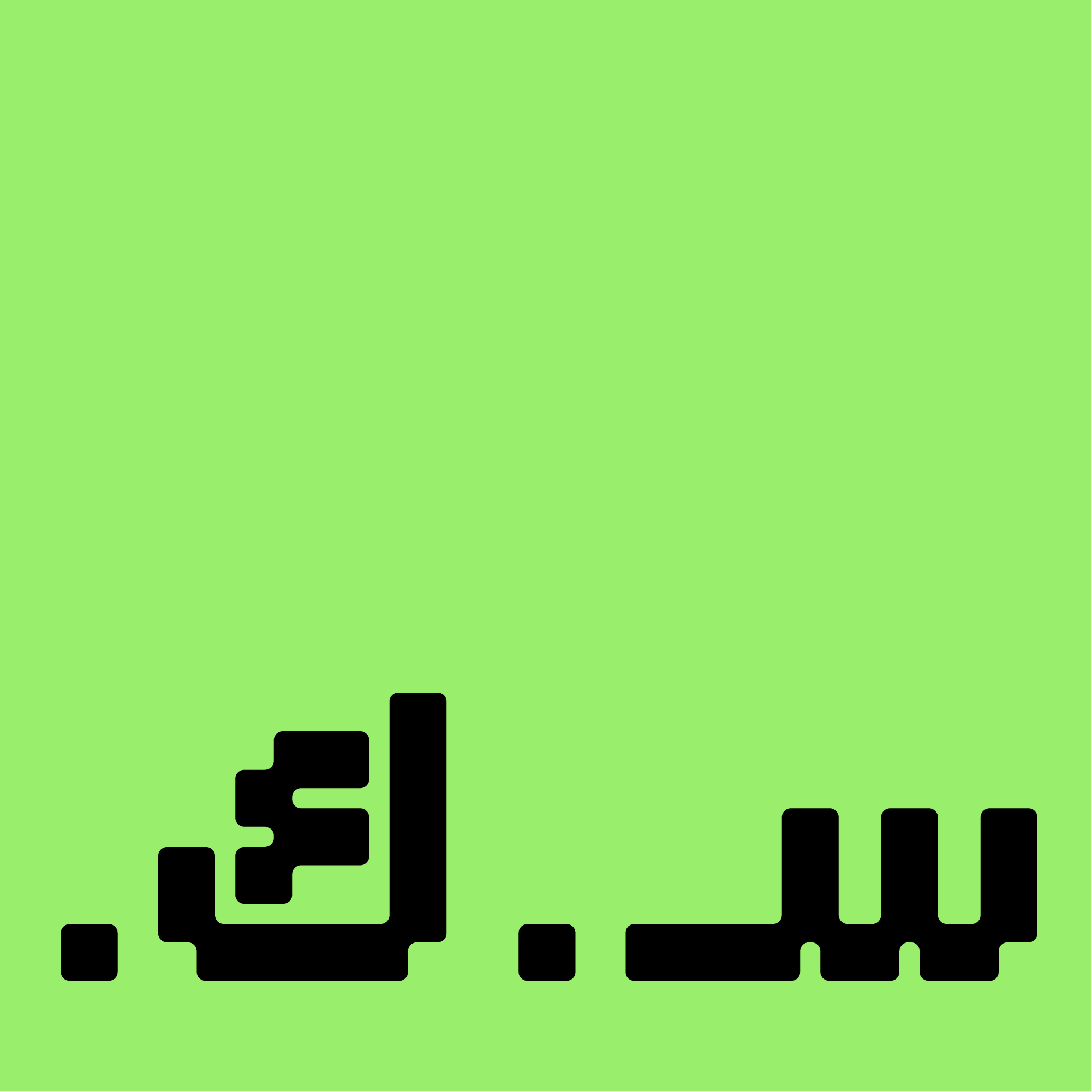
Saga Elkabbash is a detail-driven interdisciplinary designer and maker with a passion for creative and technical-centered projects. Skilled in multiple software and CNC machines, Saga excels in bringing designs to life with precision and accuracy. Known for their ability to collaborate and attention to detail, Saga is a versatile designer who is able to work on a wide range of projects, from conceptualization
to fabrication.
VCUQFabLab consists of four labs, FabLab, PrintLab, Woodshop, and FlexLab, that facilitate, service, and educate the entirety of VCUarts Qatar. It is a space that supports and teaches undergraduate visual art and design programs by combining collaborative teaching within the digital fabrication and woodshop facility, providing workshops to support the existing curricula of undergraduate programs and the MFA in Design Studies program, training and technical support on the use of equipment, instructing and assisting in program facilitation, including class projects, the school’s exhibition program, training,
and authorizations.
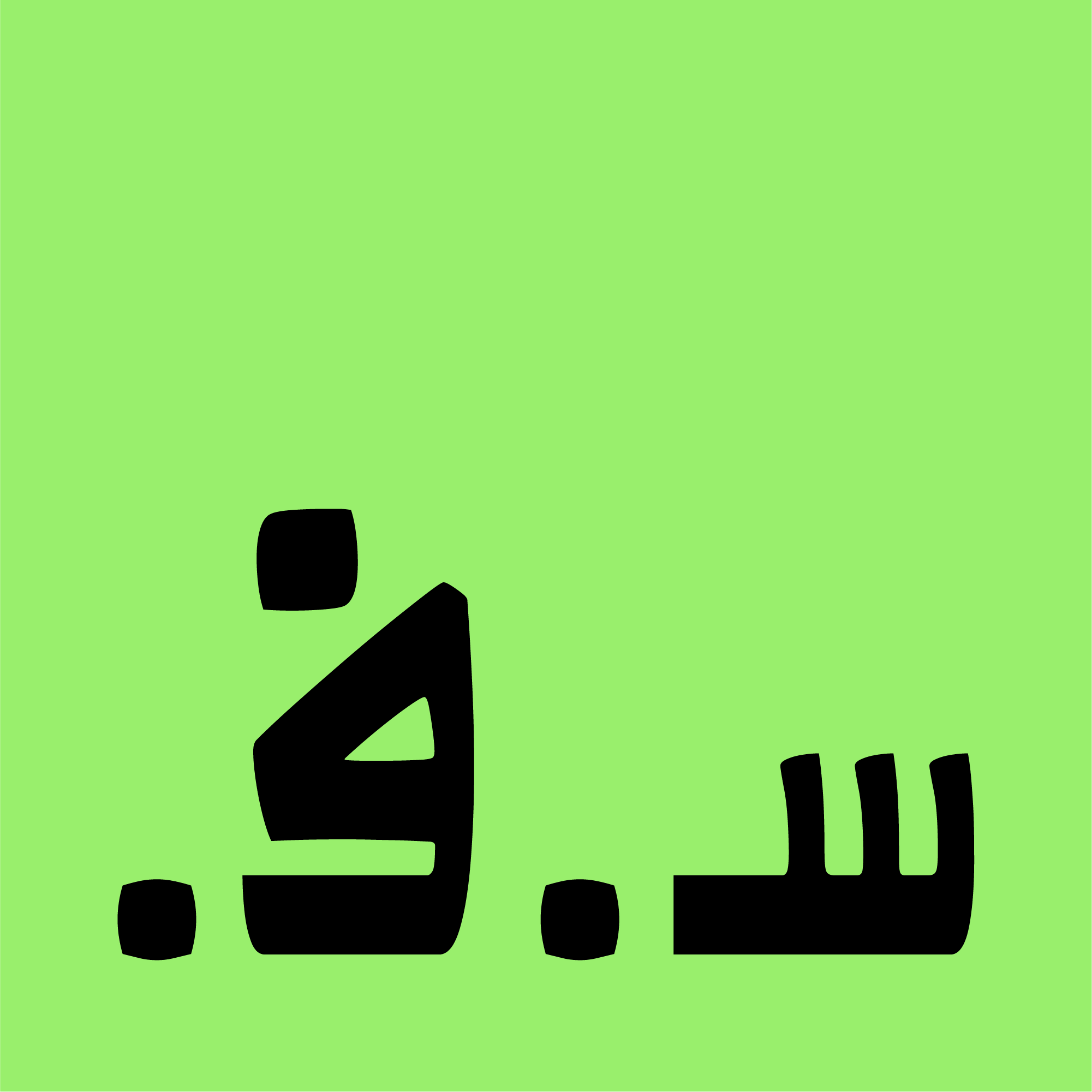
Selma Fejzullaj is a Graphic Design student at Virginia Commonwealth University in Qatar. Her research interests revolve around exploring the spiritual themes in religion, history, and language through the medium of illustration.

Sara Khalid is a multidisciplinary designer whose research aim is to find, create, and generate the HyperLink plotting analogies of Arabic Linguistics and Computational Languages in Digital Rhetoric.

Sara Alafifi is a designer, researcher, and illustrator based in Doha, Qatar. She has been researching the collective psychology of Arab societies and their perception of oppression and colonialism as well as examining design through the lens of Orientalism and revisionist history.
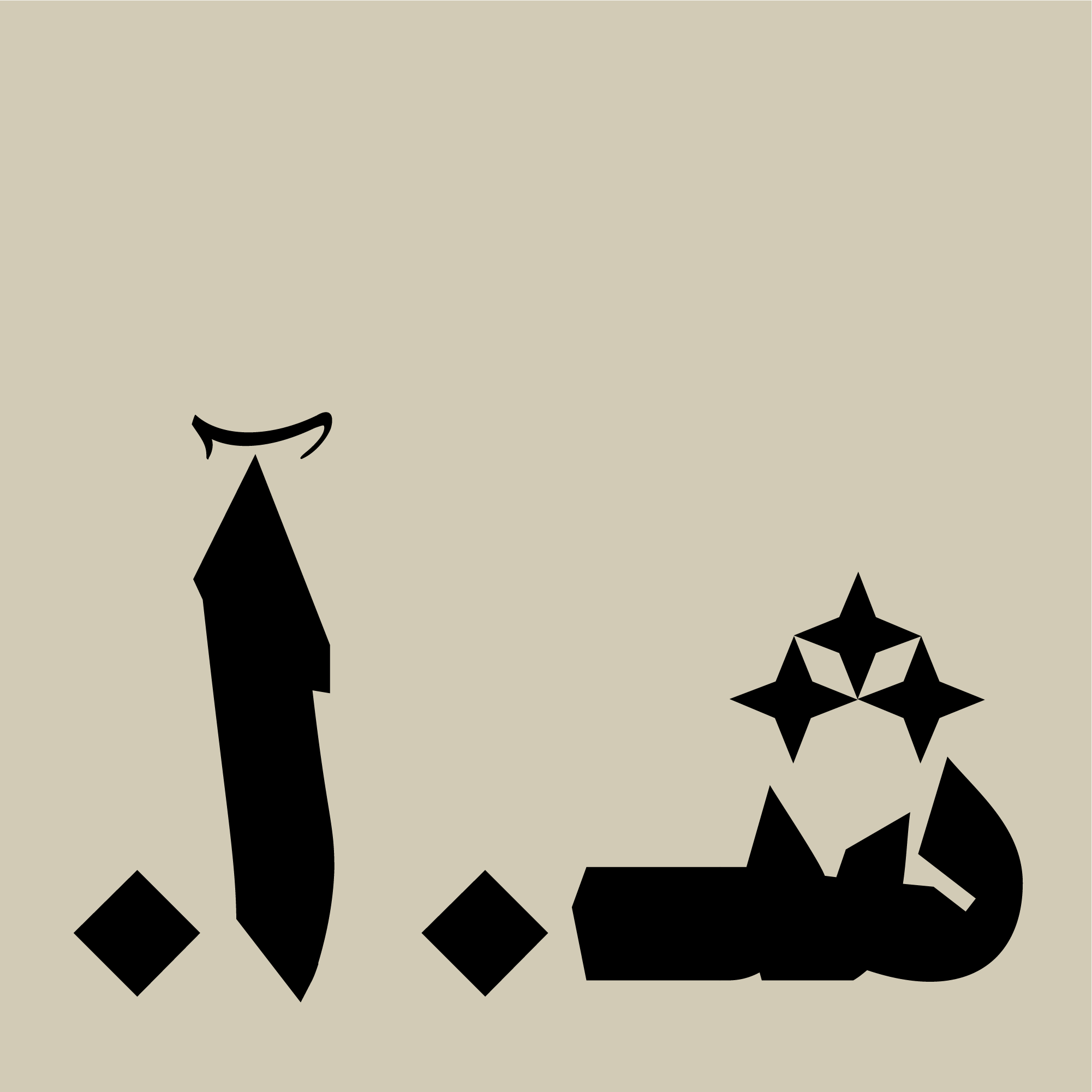
@shima.aeen
Shima Aeinehdar is an Iranian illustrator, printmaker, and lettering artist holding a BFA in Graphic Design from Virginia Commonwealth University in Qatar. Shima’s work focuses on visualizing abstract topics such as personal identity and self-actualization, using Persian typography and illustration with a distinct approach to data visualization.
Takeaways
Public Programming
April 7, 2023 ― 12:30PM
Audio
Sonic Jeel - Lorem lipsum
Sonic Jeel - Lorem lipsum
Video
Sonic Jeel - Lorem lipsum
Sonic Jeel - Lorem lipsum
Photo Gallery
Jamel Shabazz, 'Brooklyn in the House', Lower East Side, Manhattan, NYC, 1982, Archival inkjet print, 35.6 x 27.9 cm ©Jamel Shabazz, Galerie Bene Taschen